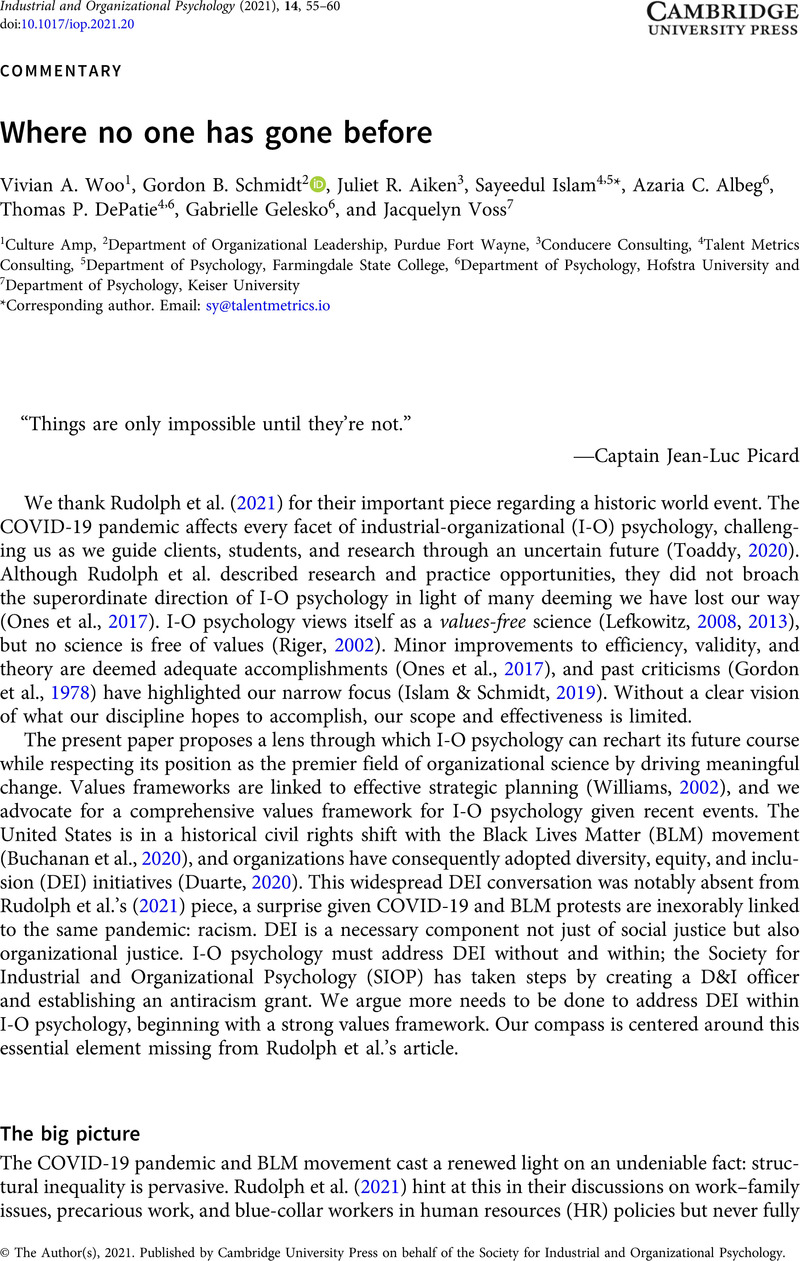Crossref Citations
This article has been cited by the following publications. This list is generated based on data provided by Crossref.
Ares, Gaston
Alcaire, Florencia
Gugliucci, Vanessa
Machín, Leandro
de León, Carolina
Natero, Virginia
and
Otterbring, Tobias
2024.
Colorful candy, teen vibes and cool memes: prevalence and content of Instagram posts featuring ultra-processed products targeted at adolescents.
European Journal of Marketing,
Vol. 58,
Issue. 2,
p.
471.



